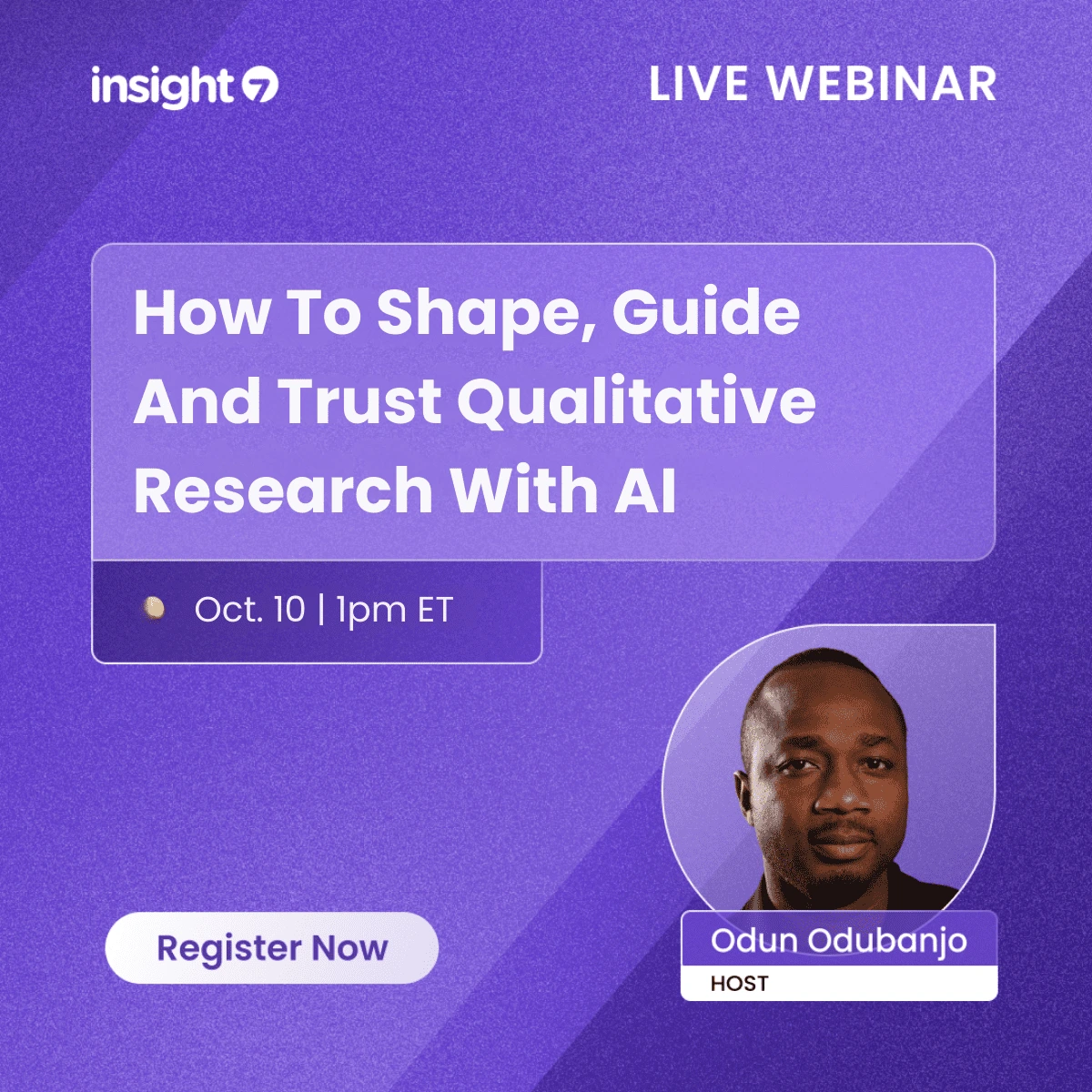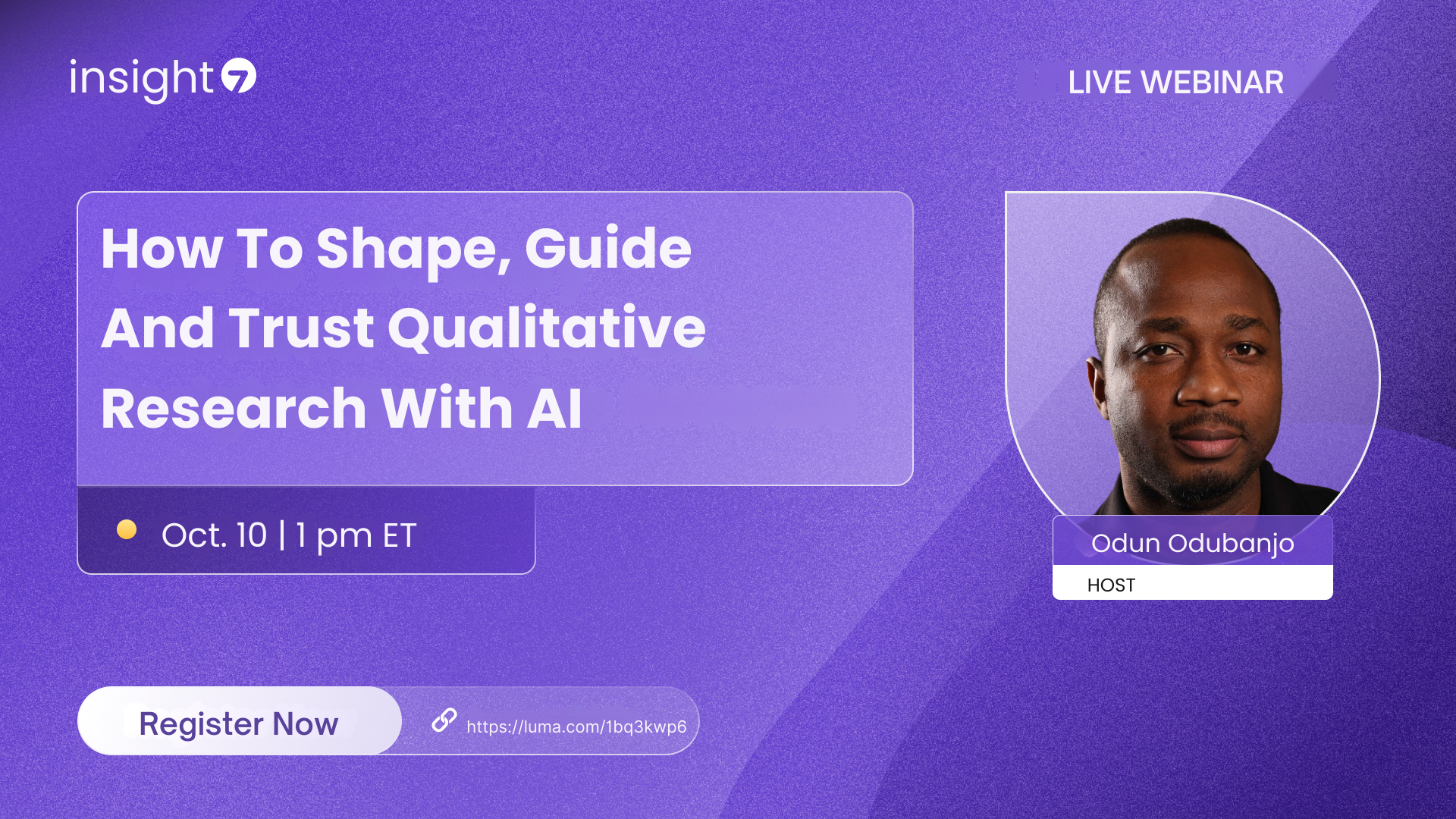AI Evaluation Report Generator: How it Works
-
Bella Williams
- 10 min read
In the fast-evolving world of artificial intelligence, the importance of the Automated Assessment Tool cannot be understated. This tool serves as a critical mechanism for evaluating AI systems, providing timely, accurate insights into their performance. Understanding how this automated tool operates is essential for organizations looking to optimize their AI solutions and improve decision-making processes.
This section aims to demystify the Automated Assessment Tool by highlighting its functionalities and benefits. By delving into its core mechanics, we will uncover how this tool streamlines data collection, analyzes performance, and enhances the overall reporting process. Ultimately, this understanding will empower stakeholders to make informed choices when implementing AI evaluation report generators.
Transcribe & extract insights from interviews. At Scale.

The Core Mechanics of Evaluating AI: Breaking Down the Automated Assessment Tool
To understand the core mechanics of evaluating AI, we delved into the Automated Assessment Tool that acts as the backbone of the evaluation process. This tool systematically collects data from various interactions and generates performance metrics, providing valuable insights into AI behavior. It ensures that the AI's performance can be accurately measured against predefined standards, making it easier to identify areas needing improvement.
The evaluation process begins with the collection and preprocessing of relevant data to establish a baseline for assessment. Following this, specific metrics are utilized to measure AI performance, ensuring that outcomes are not only quantifiable but also actionable. This combination of data gathering and metrics creates a robust framework that supports continuous improvement in AI applications, ultimately enhancing their consultative capabilities and delivering meaningful results.
Step 1: Data Collection and Preprocessing
Data Collection and Preprocessing is a critical first step in developing an Automated Assessment Tool. This phase involves gathering relevant data that serves as the foundation for the entire evaluation process. Typically, data comes from multiple sources, such as user feedback, surveys, and performance metrics, ensuring a rich dataset for analysis.
Once the data is collected, preprocessing ensures the information is clean and organized. This step includes removing duplicates, handling missing values, and transforming data into a usable format. Such meticulous attention to detail helps enhance the model's accuracy and performance during analysis. With quality data at hand, the Automated Assessment Tool can effectively generate reliable insights, enabling better decision-making and strategic planning for future developments.
Step 2: Performance Measurement and Metrics
Measuring performance and establishing metrics is crucial in evaluating AI systems effectively. An Automated Assessment Tool plays a significant role in this process by providing quantitative and qualitative insights. It enables users to set specific performance goals and track progress over time, ensuring that any necessary adjustments can be made.
Effective performance measurement generally includes three primary components: defining objectives, selecting relevant metrics, and analyzing results. First, clearly outlining what you aim to achieve helps to focus your evaluation efforts. Second, choosing metrics that align with these objectives ensures that you are assessing the right aspects of performance. Finally, regularly analyzing the results enables ongoing improvements and adaptations to your AI systems. By utilizing an Automated Assessment Tool, organizations can streamline this intricate process, making evaluations more efficient and actionable.
Generate Detailed Reports from Your Qualitative Data in Minutes.
Exploring Top Tools for AI Evaluation Report Generation
Choosing the right tools for AI evaluation report generation is critical for achieving accurate assessments and insights. Automated Assessment Tools streamline the evaluation process, making it easier to gather and analyze vast amounts of data. By focusing on essential metrics, these tools provide meaningful reports that inform decision-making and strategic planning.
Several notable tools excel in generating AI evaluation reports. First, Insight7 stands out for its comprehensive analytics capabilities, enabling users to track performance and derive actionable insights. Next, OpenAI GPT-Based Evaluation offers innovative natural language processing features, enhancing report clarity and detail. MLflow is praised for its versioning and lifecycle management, ensuring consistent evaluation results over time. Additionally, Google Cloud AutoML simplifies model training and evaluation, making advanced tools accessible to users without extensive technical expertise. Finally, IBM Watson Studio provides a robust environment for collaborative report generation, facilitating teamwork and iterative improvements. Together, these tools represent a powerful arsenal for effective AI evaluation reporting.
Insight7
In the realm of AI evaluation, Insight7 serves as a pivotal element of the Automated Assessment Tool, ensuring a seamless experience for users. This platform is designed to enable companies to analyze extensive customer data efficiently and derive actionable insights. By harnessing this tool, organizations can transform their customer interactions into significant data points, allowing them to stay ahead in competitive markets.
Moreover, Insight7 facilitates the conversion of conversations into structured insights, resolving traditional analysis challenges. With its self-service model, users can easily navigate through data, enhancing collaboration and minimizing the risk of scattered information. Ultimately, whether it’s streamlining customer feedback or accelerating decision-making processes, Insight7 demonstrates the vital role automated assessment plays in modern business strategies. Embracing such tools can lead to profound improvements in understanding customer needs and driving impactful business operations.
Tool 2: OpenAI GPT-Based Evaluation
OpenAI GPT-Based Evaluation serves as a cutting-edge component of the Automated Assessment Tool. This tool employs advanced natural language processing capabilities to analyze transcripts and evaluate interactions based on predefined criteria. Users can easily load recorded calls, which the system converts into text for further scrutiny. This intuitive process allows for effective quality assurance across various use cases, including customer service and sales evaluations.
The evaluation framework is customizable; users can select specific evaluation templates tailored to their needs. For instance, a compliance template can help assess adherence to predefined criteria, ensuring that evaluations remain relevant and precise. Additionally, the system can identify key themes and extracts vital quotes from conversations, enhancing reporting accuracy. By utilizing OpenAI’s capabilities, the tool streamlines evaluation processes and enables businesses to maintain high standards in their interactions.
Tool 3: MLflow
MLflow is a powerful tool that facilitates the development and management of machine learning models. By integrating seamlessly into your workflow, it provides a centralized platform for tracking experiments, packaging code into reusable formats, and sharing models across different environments. This efficiency is critical for an Automated Assessment Tool, as it enables users to quickly replicate results and assess model performance, which simplifies the evaluation process.
One of the standout features of MLflow is its ability to manage the entire machine learning lifecycle, from experimentation to deployment. Users can log and visualize metrics of various models, ensuring that they make informed decisions based on accurate data. Additionally, MLflow supports collaboration among team members, allowing them to share insights and leverage each other's findings. As a result, it empowers organizations to streamline their AI evaluation processes and enhance overall productivity.
Tool 4: Google Cloud AutoML
Google Cloud AutoML serves as a powerful Automated Assessment Tool that streamlines the process of building custom machine learning models. Its user-friendly interface empowers users to create, train, and deploy AI models without extensive coding knowledge. This capability is ideal for businesses seeking to implement AI solutions quickly and efficiently.
One of the standout features is the ability to automate various aspects of the machine learning lifecycle. Users can easily upload their data, and the tool takes over from there, performing data analysis, model selection, and fine-tuning. What sets it apart is its integration with Google’s robust infrastructure, ensuring high scalability and performance. Additionally, advanced features like AutoML Vision and AutoML Natural Language allow for more specific tasks, making it a versatile choice for companies across industries aiming to enhance their analytical capabilities and decision-making processes.
Tool 5: IBM Watson Studio
The Automated Assessment Tool revolutionizes how data is processed and insights are gathered through IBM Watson Studio. This platform is designed with user-friendliness in mind, allowing individuals from all backgrounds to access its features without specialized training. Users can easily upload data files, such as call recordings, to extract valuable insights effortlessly. This promotes inclusivity, enabling team members to engage with their data actively.
Within the platform, a library organizes all uploaded files, which can be viewed and analyzed comprehensively. It highlights key themes, pain points, and customer feedback through detailed transcripts. Users can ask specific questions and obtain summaries enriched with keywords. Additionally, projects allow for the analysis of multiple files, streamlining the evaluation process. Thus, this Automated Assessment Tool empowers users to transform raw data into actionable insights and enhances business strategies significantly.
Conclusion: The Future of AI Evaluation Reports with Automated Assessment Tools
The integration of automated assessment tools marks a significant shift in the creation and efficacy of AI evaluation reports. These tools streamline the process, offering real-time insights and reliable data analysis. As organizations increasingly adopt these innovative solutions, the potential for rapid reporting and refined compliance checks grows immensely, enhancing decision-making capabilities.
Looking ahead, the evolution of automated assessment tools will likely lead to more customizable and user-friendly interfaces. This increased accessibility will empower organizations to tailor their evaluation reports better. It will ensure that individual needs are met while maintaining accuracy, ultimately improving the reliability of AI evaluations in a fast-paced technological landscape.







